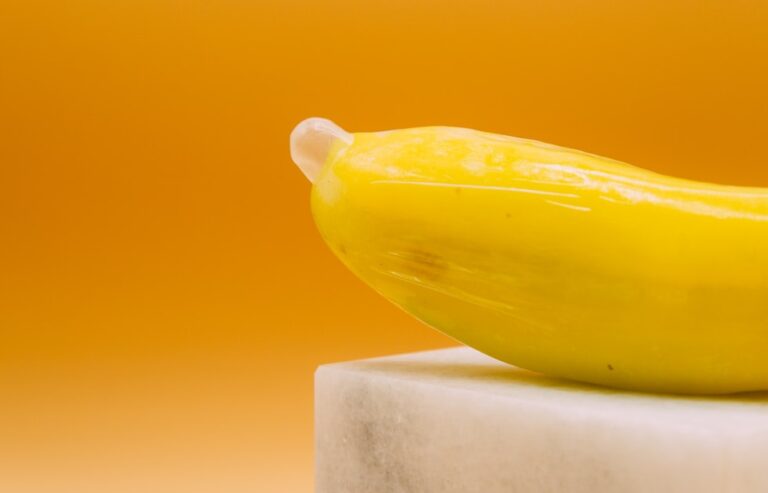Condom catheters are a great option for people with urinary incontinence, overactive bladder, dementia or mobility issues. They are noninvasive and can be changed at home.
Before using a condom catheter, it is important to have an assessment and find the right size. Then wash your hands and penis.
What is a condom catheter?
A condom catheter is an external catheter that is worn like a men’s condom, collecting urine from the bladder and sending it to a drainage bag via a tube. It can be worn by both circumcised and uncircumcised men who have difficulty emptying their bladder and require a safe way to drain their urine.
Men who may benefit from a condom catheter include those with urinary retention, neurogenic bladder (a condition caused by a spinal cord injury or multiple sclerosis), and limited mobility due to arthritis or other conditions that limit arm movement. They are also useful for those with a urethral stricture or a blockage that cannot be bypassed, such as a cystocele, bladder stones, or a urinary tract infection.
When a person is using a condom catheter, it’s important to make sure the catheter is not attached too tightly to avoid penile irritation or damage. It’s also important to keep in mind that some people are allergic or sensitive to adhesives and latex, so a period of trial and error is sometimes necessary to find the right fit and method of using a condom catheter for each individual.
It’s also essential to make sure the collection bag is placed underneath the catheter so that urine can flow downward and prevent back flow. The catheter must be positioned so that it’s secure while the person sleeps, and it can either be taped to the leg or strapped to a chair to prevent it from being displaced.
How do I use a condom catheter?
A condom catheter is a flexible sheath that fits over the penis and has tubing attached to allow urine to flow to a collection bag. It’s a less-invasive alternative to a Foley catheter that is inserted inside the urethra.
Before using a condom catheter, it is important to make sure the skin is clean and dry. It is also a good idea to have a sizing guide available, either from the manufacturer or an online resource. A sizing guide allows you to measure the diameter of your penis. If you do not have a sizing guide, you can measure the circumference of your penis by wrapping a piece of string around the base of the shaft, making sure the string is not too tight or too loose. Then, use that measurement to find the appropriate size of condom catheter.
The most common use of a condom catheter is to manage urinary incontinence. It provides a safe and easy to use alternative to pads. It may provide a better quality of life for some individuals with urinary incontinence because it is more comfortable to wear and can be easily changed at home, in privacy.
Another benefit of a condom catheter is that it is often much less expensive than indwelling catheters. They are also easier to put on and remove than a Foley catheter.
How do I care for a condom catheter?
A condom catheter is a non-invasive way to manage urinary incontinence and involuntary urine leakage for people with penises. They consist of a flexible sheath that fits over the glans penis and is attached to tubing that directs urine into a drainage bag. These male external catheters can be used to collect and drain urine as needed throughout the day. They are most often used by bedridden individuals and those who have trouble urinating or cannot urinate without assistance from others.
The main consideration with these devices is ensuring that they are properly fitted and maintained. Before applying the catheter, wash your hands and ensure that any creams or adhesives have been removed. Then dry the skin, it can help to use a hair dryer on a low setting. Once the catheter is applied, it should sit snugly, but not so tight that it pinches or cuts off circulation. If it feels like this, contact your medical team as you may need a different size.
It’s also important to make sure that the catheter and tubing are connected and positioned correctly. The tubing should be anchored to the leg with the leg strap, which comes included with the kit. Throughout the day, check the catheter and its connections, tube and collection bag to ensure that everything is working as it should.
How do I prevent an infection with a condom catheter?
Condom catheters are safe and non-invasive and can be a great alternative to incontinence pads for many people. Often, they offer more dignity for men with incontinence than pads do. They also allow for more freedom of movement and do not put as much pressure on the penis and skin.
The main challenges of using a condom catheter are the proper fit and application of the device, which may take some trial and error until an individual finds an acceptable method. Choosing the right catheter size is key, as is washing and drying hands properly before and after handling the catheter. Using the correct adhesive and applying it in the right way helps to prevent irritation and infection.
Once the catheter is in place, it should be checked regularly for signs of infection and to make sure the bag is not overflowing. It is important to note that some individuals may develop a vacuum at the end of the condom catheter, which can inhibit drainage if not broken by a brief disconnect.
Some condom catheters have a latex base, while others are made of silicone, which can be helpful for individuals who have a latex allergy or sensitivities. If you have a latex allergy, it’s best to discuss options for a latex-free catheter with your doctor and healthcare supply specialist.
See Also:



